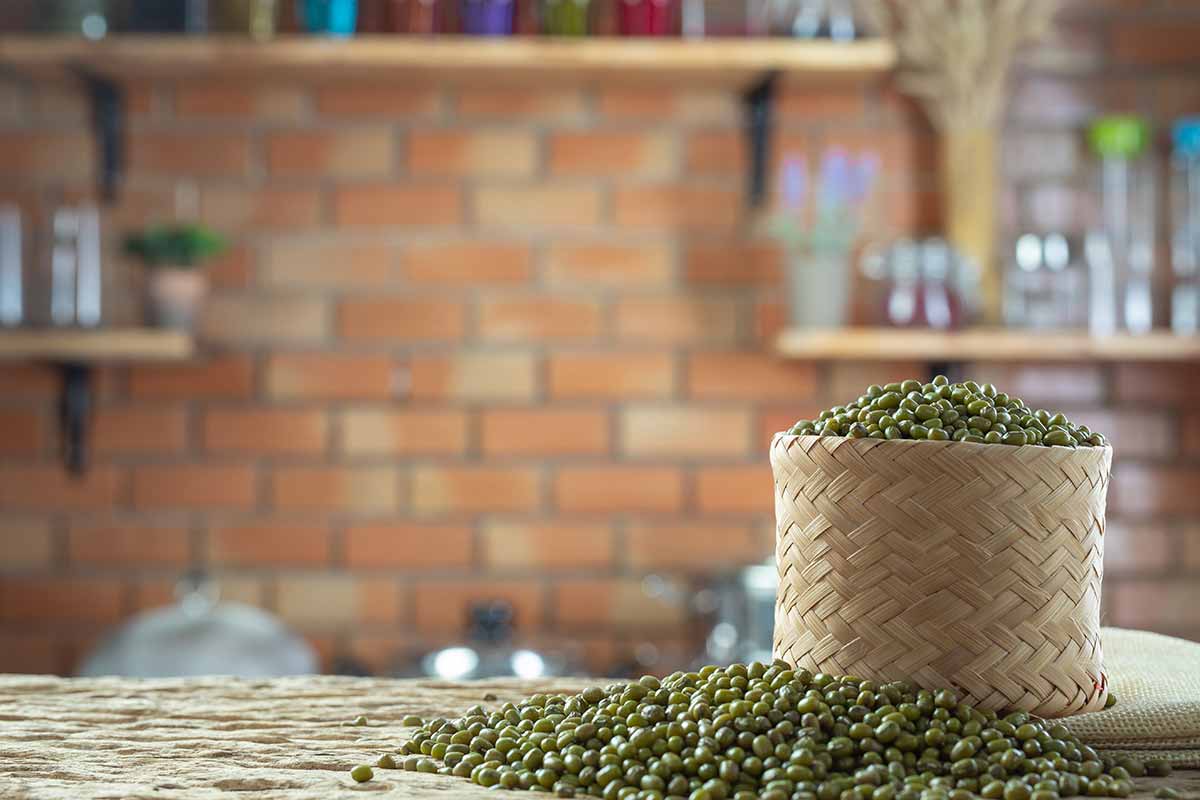Pea Protein
Amino Acid Profile_ Why Pea Protein is a Complete Source of Protein
In the ever-evolving landscape of nutrition and wellness, the quest for optimal sources of protein has led many to explore beyond traditional animal-based options. Among the myriad of plant-based choices, pea protein stands out not merely as an alternative but as a formidable contender in its own right.
The reason behind its rising popularity and effectiveness? Its comprehensive amino acid profile. This detailed exploration will shed light on why pea protein is celebrated as a complete source of protein, crucial for health and fitness enthusiasts seeking sustainable and allergen-friendly options.
Understanding Complete Proteins
Before delving into the specifics of pea protein, it’s essential to grasp what constitutes a “complete” protein. Proteins are made up of amino acids, often referred to as the building blocks of life.
While the human body can produce some amino acids, there are nine essential amino acids (EAAs) that must be obtained through diet. A complete protein is one that contains all nine EAAs in sufficient quantities.
The Importance of EAAs
Each EAA plays a unique role in the body, from muscle repair and growth to hormone synthesis and immune function. The absence or inadequacy of just one EAA can hinder these processes, underscoring the importance of consuming complete proteins, especially for individuals with higher protein requirements such as athletes, the elderly, and those recovering from injury.
Pea Protein: A Closer Look
Pea protein is derived from yellow split peas and has garnered attention for its nutritional virtues, including its status as a complete protein. But what exactly makes pea protein stand out in the realm of plant-based nutrition?
Amino Acid Breakdown
Pea protein contains all nine EAAs, making it a complete protein source. Notably, it is particularly rich in:
- Arginine: Vital for heart health and blood flow, arginine is present in pea protein in higher amounts than in many other protein sources, making it beneficial for cardiovascular health and muscle metabolism.
- Lysine: Essential for bone health, collagen formation, and immune function, lysine is often lacking in plant-based diets but is abundant in pea protein.
- Branched-Chain Amino Acids (BCAAs): Leucine, isoleucine, and valine, known for their role in muscle protein synthesis and energy production, are well-represented in pea protein, contributing to its efficacy in supporting muscle growth and recovery.
Digestibility and Bioavailability
The digestibility of protein—how well it’s broken down and absorbed—is crucial in determining its effectiveness. Pea protein boasts a high digestibility score, ensuring that the body can efficiently utilize the amino acids it provides. This attribute, coupled with its hypoallergenic nature, makes pea protein a suitable option for a wide range of individuals, including those with dietary restrictions or sensitivities.
Health and Fitness Benefits
The comprehensive amino acid profile of pea protein translates into tangible health and fitness benefits. From muscle development to overall well-being, here’s how pea protein supports the body:
- Muscle Recovery and Growth: The presence of BCAAs and other essential amino acids facilitates muscle repair and growth, particularly important after exercise.
- Weight Management: High-protein diets are known for their satiety-inducing effects. Pea protein can help regulate appetite and support weight loss efforts by promoting a feeling of fullness.
- Heart Health: The arginine content in pea protein can contribute to cardiovascular health by supporting vasodilation and healthy blood flow.
Incorporating Pea Protein into Your Diet
Pea protein’s versatility makes it easy to integrate into your daily diet. Whether in the form of protein powders, which can be added to smoothies and baked goods, or incorporated into protein bars, pancakes, or veggie burgers, there are countless ways to enjoy the benefits of this complete protein.
Recipe Ideas
- Morning Smoothie: Blend pea protein powder with banana, spinach, almond milk, and a tablespoon of almond butter for a nutritious start to your day. For more recipes click here.
- Protein Pancakes: Mix pea protein powder into your pancake batter for a protein-packed breakfast or post-workout meal.
Conclusion
The question of why pea protein is a complete source of protein finds its answer in its rich amino acid profile. Offering all nine essential amino acids, coupled with high digestibility and a spectrum of health benefits, pea protein is not just a viable alternative to animal-based proteins but a superior choice for many.
Its role in supporting muscle recovery, growth, and overall health, alongside its environmental sustainability, makes pea protein an excellent addition to the diets of health-conscious individuals worldwide.

